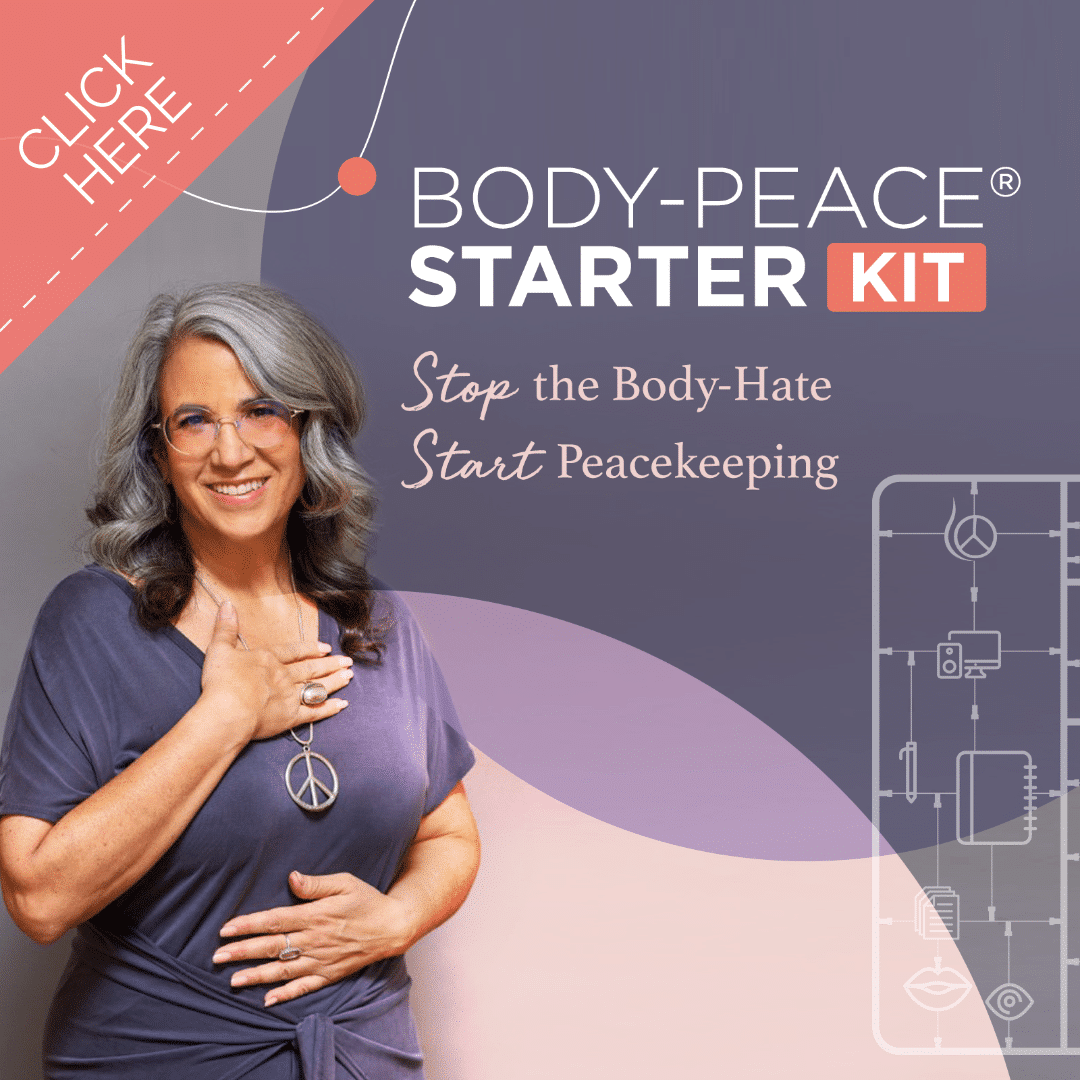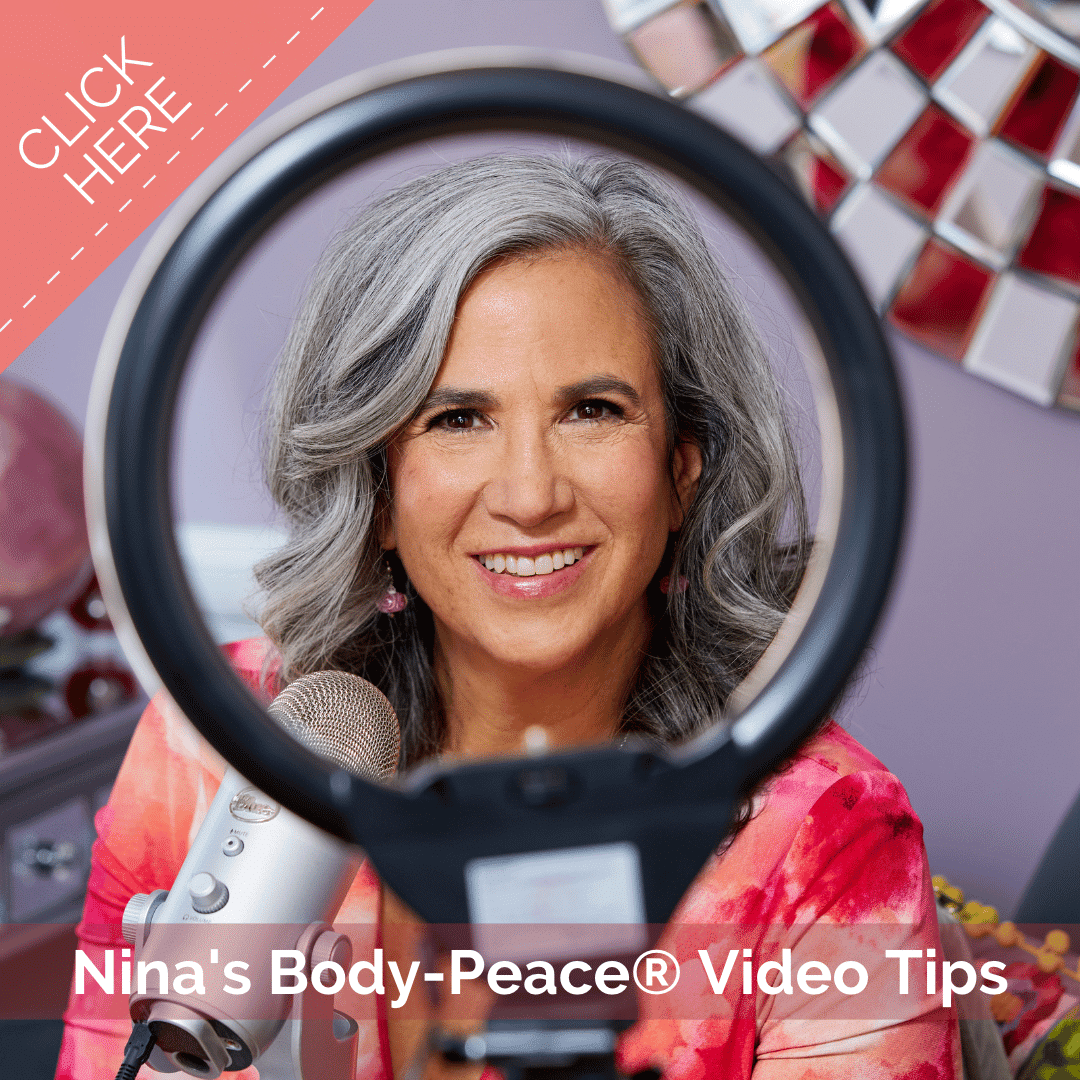![robert-calentine-cereal-grains-left-to-right-wheat-rye-and-barley[1]](https://ninamanolson.com/wp-content/uploads/2014/06/robert-calentine-cereal-grains-left-to-right-wheat-rye-and-barley1.jpg)
Let me say that again….
gluten is only found in wheat, barley and rye.
That doesn’t seem like such a big deal,does it?
That’s only three grains that contain a protein that can make so many of us feel bloated, tired, achey (and about 50 other challenging symptoms).
The problem is that in the world of processed foods, those three grains show up in a lot more food than we’d imagine.
Wheat, more than barley or rye, is added for various reasons (as a thickener in dressings or filler in hot dogs or as flavoring in the form of soy sauce in an asian sauce). That means that if we’re avoiding gluten, we need to be an avid label reader.
When I say be an avid label reader, I mean read the INGREDIENT list, not just the front where it says in big letters “all natural” (or whatever else the food company thinks will make you buy the product,) and not just the nutrition facts with the mg’s and daily allowance percentages.
When reading labels, find out what’s actually IN the food.
So what if your food says OATS?
This is when confusion often sets in. So many people think oats contain gluten, but they don’t. However there is just cause to avoid oats, if gluten is an issue for you.
The deal with oats and gluten content is this…oats are often milled in the same mills as wheat. So they pick up the offending glutinous protein via cross-contamination.
Inherently oats are gluten-free, but because of who they hang out with – wheat – they become contaminated.
For those of us who are very sensitive to gluten and need to completely avoid it, there are company’s that are now milling their oats separately. Look carefully for boxes of oats labeled “gluten-free”.
I do use oats that are not labeled gluten-free because no one in my house needs to be 100% gluten-free. However, I mostly use gluten-free grains & fours in my cooking and baking to avoid the side-effects that often accompany wheat.
My favorite gluten-free grains and flours are:
For savory dishes:
- Quinoa
- Millet
- Brown Rice
- Amaranth
For sweet treats:
- Almond flour
- Coconut Flour
- Quinoa
And one more thing about the whole “gluten-free” world. Please don’t be fooled by all the hype and marketing. Just because something says it’s “gluten-free,” doesn’t mean it’s healthy.
Always read the label, and choose whole – real – unprocessed foods!
~ ~ ~ ~ ~
Nina Manolson, MA, CHC, certified Health Coach and Psychology of Eating Coach believes that every women deserves to feel good in their own body. She helps women create a healthy and positive relationship with their food and body so they can love their body and life! She’s the founder of NinaManolson.com and NourishedWomanNation.com
She helps busy women look and feel their best, and helps them feed their kids well in a world that doesn’t.
She’s the author of “Feed Your Kids Well In A World That Doesn’t: an everyday guide to make healthy food happen in your home and beyond”. She’s also the recipient of the prestigious Health Leadership Award from the Institute for Integrative Nutrition.
To get your F.R.E.E. Video Series “What to do now, when everything you’ve done hasn’t worked” by mail and receive her healthy recipes and wellness tips click here.

Nina Manolson, MA, is the founder of Body-Peace®.She helps women end the war with food and body and finally feel truly at home in their body—as it is.
She is known for her deeply feminist, anti-diet, body-peace® approach. She brings her 30 years of experience as a therapist, Body-Trust® Guide and Psychology of Eating Teacher to helping women create a respectful and trusting relationship with their food and body.
Nina’s Body-Peace® work is all in service of helping people get off the diet roller-coaster, and into a compassionate and powerful way of eating & living which creates a positive long-lasting change in and with their bodies. Her courses, coaching, poems and Body-Peace APP positively change the conversation that women are having with their body.
Start your Body-Peace® journey with this free masterclass that will help you understand and shift your relationship with your body.










Thanks for your wonder ideas and recipes!
Dr Peter Osborne is my favorite online gluten expert. I am gluten-sensitive and can’t eat oats, tho I wish I could eat our waffles. There is a lot of controversy about “Cross-Grains” such as quinoa and rice. Here is a link to his ideas about oats.
GLUTEN & OATS
DR OSBORNE
1/24/2014
http://www.glutenfreesociety.org/gluten-free-society-blog/are-oats-safe-to-eat-on-a-gluten-free-diet/?inf_contact_key=fbb010f326b31e465fad996c2dc6228cda188c571984334562e3a536a8f8628c
Good luck always with your business!